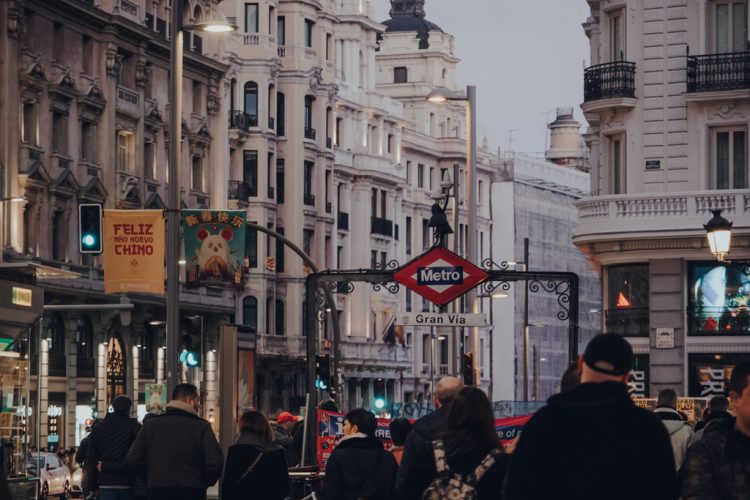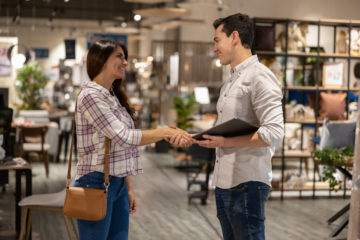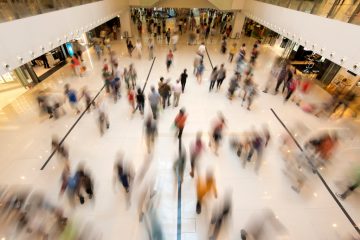The rebirth of the physical store

Streets with stores closed have been a common sight in many cities but little by little, with the improvement in consumer optimism, we see the rebirth of the physical store.
We have already accepted that the new normal is not going to be the same as the one we had at the beginning of 2020. Consumers have changed their habits and the growth that eCommerce has registered will not drop back to pre-pandemic figures.
However, the retail real estate sector continues to bet on the physical store despite the difficulties that the sector is going through.
There is no doubt that the shopping experience that can be offered in a physical store is unique, it envelops us, engaging our five senses and capturing our full attention. It is a sensory experience that can hardly be replicated online.
That is why the online and offline worlds have forged an alliance that reinvents the physical store.
Location has always been a crucial point when planning an opening, but now there are more factors to take into account and two different ways to approach them depending on the type of product that is offered.
The big brands are betting on strengthening their eCommerce operations and reorganizing their stores to bring them to the most central streets of the cities. Opening flagship stores in strategic locations allows brands to reinforce their image, but also encourages them to reinvent themselves.
Smaller-format stores
Meanwhile, companies like IKEA or Decathlon are adapting their strategies to bring a different version of their stores to city centers. They are no longer betting on large big-box stores in the suburbs but are looking to offer a new, more intimate shopping experience with smaller-format stores.
Decathlon has long been bringing its stores to more central areas so that customers can easily collect their purchases online and IKEA has created a new store concept to offer services focused on decoration and thus approach another type of customer, perfectly complementing its strategy on-line. It is a service-focused store that ends with an online purchase and customers can choose if they want to receive it at home or pick it up at their nearest store.
The growth in demand for Click and Collect has greatly influenced the new location strategy of the stores, because being more central it is easier for customers to buy online and take advantage of the journey from home to work to collect their orders.
This does not mean that other types of brands cannot take the opposite route, returning to the suburbs to offer services such as the curbside pickup that would be unimaginable in the center of cities.
👉🏼Read the case study to discover how French furniture retailer BUT has adapted its Click & Collect service to offer its customers a curbsite pickup service in its 60 stores.



